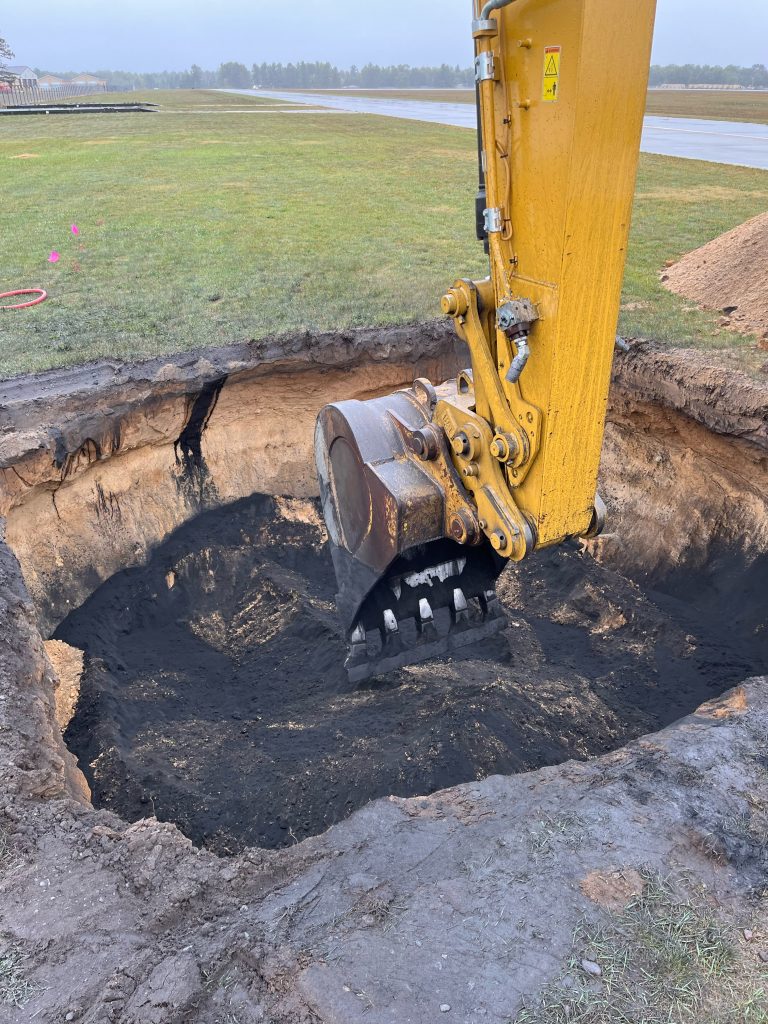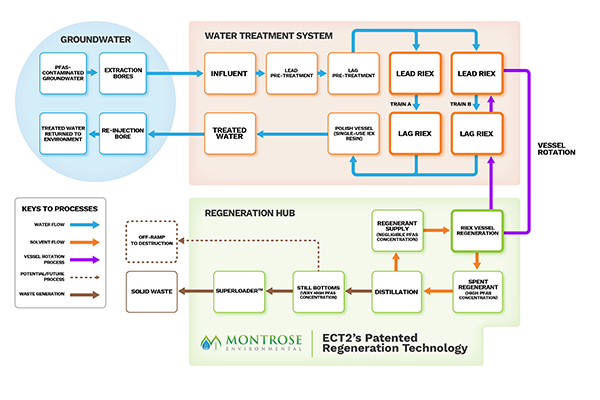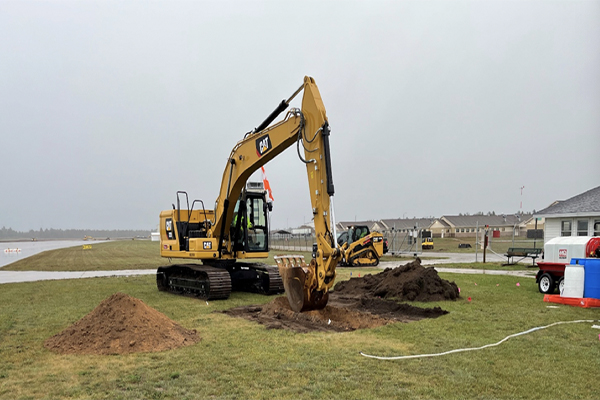Sponsored Content, Presented by REGENESIS
Low-Cost, Full-Spectrum PFAS Treatment Offers Resilient, Zero-Waste Solution
Why bring per-and polyfluoroalkyl substance (PFAS) contaminants to the surface when they can be effectively treated and contained belowground? For project stakeholders and remediation managers confronted with PFAS, the following case demonstrates why in situ treatment using Regenesis’ PlumeStop® colloidal activated carbon (CAC) is a game changer.

Treatment Options Considered
At this case study site, aqueous film-forming foam had been routinely used during fire training exercises, which caused a PFAS groundwater plume to develop and migrate offsite. A solution was needed to contain PFAS and prevent impacts on the local community.
There were two options considered: pump-and-treat (pumping the groundwater aboveground for separation treatment of PFAS) and in situ filtration (injecting PlumeStop to create a permeable sorptive barrier that immobilizes PFAS belowground). A life-cycle assessment was then completed to compare these options over a 15-year remediation timeframe.
Following the assessment, PlumeStop CAC barrier was chosen as the preferred course of action. The treatment was applied and has effectively remediated 5-million-gal of PFAS-contaminated groundwater at the site over the past year, with no pumping required and no waste generated. The treatment is one-third the cost and avoids potential future PFAS exposure risk caused by pump-and-treat systems that bring contaminants to the surface.
The treatment was applied and has effectively remediated 5-million-gal of PFAS-contaminated groundwater at the site over the past year, with no pumping required and no waste generated.
Full-Spectrum PFAS Treatment
Following up on PlumeStop’s success, a new CAC formula is now available for treating high-concentration PFAS source areas. SourceStop® is applied to the vadose zone, capillary fringe, or saturated zone to prevent PFAS leaching and halt plume development from these source areas.
Together, PlumeStop and SourceStop offer a full-spectrum PFAS remediation solution that is easy to deploy, fast-acting, and low-cost, replacing non-sustainable methods like pump-and-treat and dig-and-haul.
The effectiveness of both PlumeStop and SourceStop at containing PFAS contamination belowground has now been demonstrated on over 50 project sites, including current and former defense sites like Camp Grayling Joint Maneuver Training Center, Mich., and Alameda Point former Naval Air Station in California. Additionally, these CAC technologies continue to be evaluated by the Department of Defense through several research projects administered under the Strategic Environmental Research & Development Program (SERDP) and the Environmental Security Technology Certification Program (ESTCP).
| 15-Year Life-Cycle Assessment Parameter (post-commissioning) | 15-Year Life-Cycle Assessment Parameter (post-commissioning) | Pump-and-treat* |
|---|---|---|
| Groundwater pumping and effluent discharge | 0-gal | 208,000,000-gal |
| Energy usage | 0-kwH | 960,000-kwH |
| PFAS granular activated carbon filter waste produced | 0-lbs | Up to 790,000-lb |
| Carbon dioxide emissions | 0-T | 2,100-T to 4,300-T |
| Quarterly O&M inspections and reports | 0 | 60 |
| Permanent infrastructure, including eight extraction wells, pumps, tanks/vessels, piping, and utilities | No | Yes |
| System operational downtime | 0 percent | Unknown |
More News from TME
-

100 Percent PFAS Compliance with Regenerable Ion Exchange Resin
The operational success of a RIEX system spotlights its successful approach to combating PFAS in an effective and economical manner. (Sponsored Content) -

March 2024 Event – CDPHE Statewide PFAS Sampling Program Update
The Denver Metro Post of SAME hosts CDPHE to discuss and present updates on their statewide PFAS Sampling Program. -

Eliminating PFAS Leaching at Camp Grayling
At Camp Grayling, a novel colloidal-activated carbon material was used as a horizontal barrier on a site where aqueous film-forming foam had previously been discharged to prevent PFAS from leaching into groundwater.